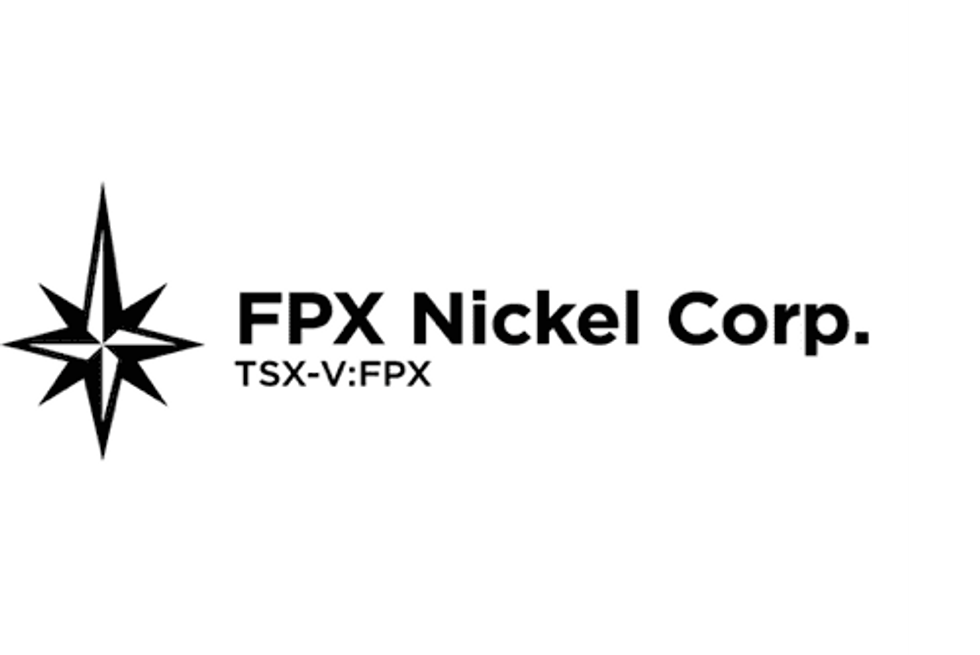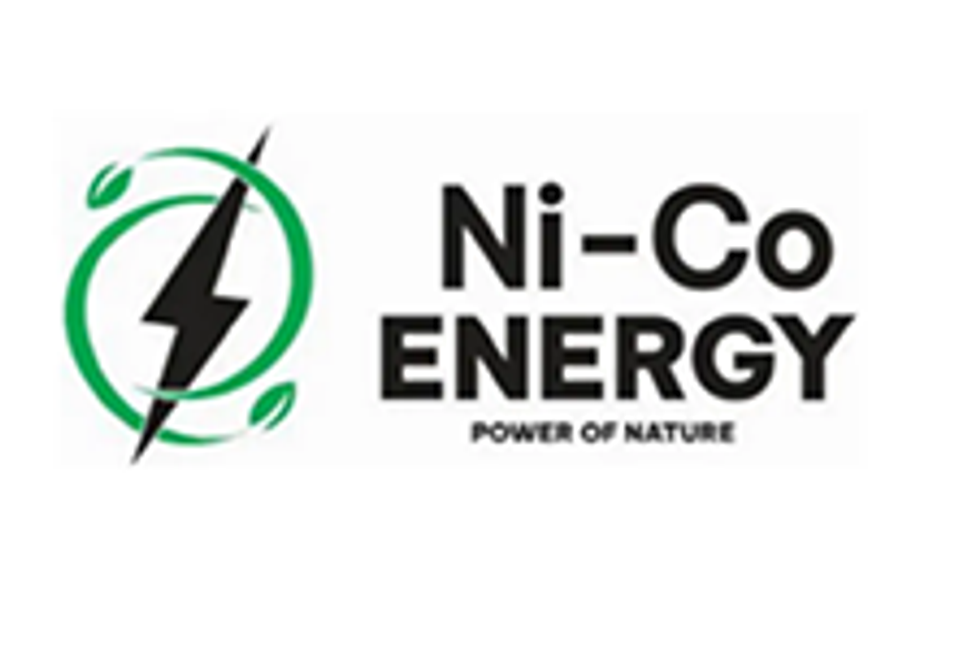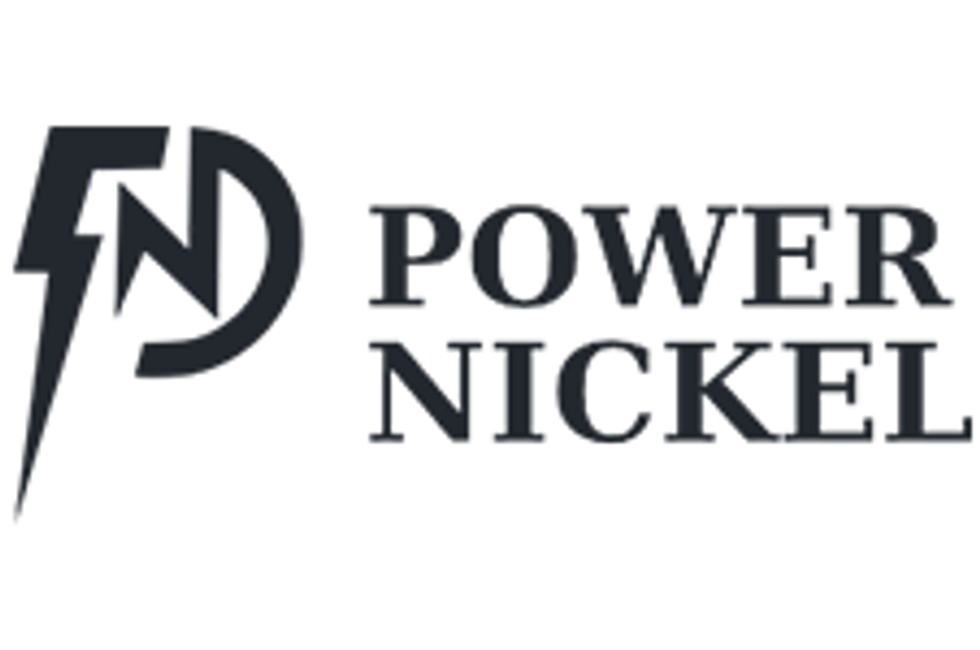A brief overview of the history of nickel’s use and a look at what may be in store for the metal.
Nickel use goes far back in human history. Quantities of the metal have been found in Syrian bronzes that were made around 3500 BC. As well, Chinese coins containing nickel are thought to have been minted around 250 BC.
However, to trace the beginnings of nickel’s use as an individual metal, you have to fast-forward to the 1700s, when German miners uncovered an ore that they believed looked like copper. Yet after much hard work, they were unable to extract any minerals from the ore. Frustrated, they blamed evil spirits and dubbed the ore kupfernickel, kupfer meaning copper, and nickel meaning, literally, “bad spirits.”
In 1751, Swedish scientist Baron Axel Fredrik Cronstedt began working on extracting metal from the ore. He thought he would find copper, but instead extracted a silvery white metal that he named after the original ore, nickel.
Nickel is an essential component of stainless steel
Nickel found wide industrial use starting in 1889 – at the height of the Second Industrial Revolution – when it was discovered that adding even a small quantity of the metal to steel makes it significantly stronger and more resistant to rust. Nickel also adds heat resistance as its boiling point is a high 1,453 degrees Celsius.
Today, stainless steel manufacturing accounts for about 65 percent of nickel demand, according to the London Metal Exchange.
Another 20 percent is used in other alloys, including superalloys, which are used in specialized applications like turbines, aircraft parts, medical equipment, and machines that operate in harsh environments. About eight percent of nickel is used in electroplating, and the remaining five percent goes into other products, such as coins (for example, all US coins except the penny have some nickel in them), and certain chemicals.
According to the Nickel Institute, there are only about 1.4 million tonnes of nickel produced around the world every year. That’s small next to metals like lead (4 million tonnes) and copper (10 million tonnes). China was the top nickel producer in 2011, churning out 411,200 tonnes of the metal. It was also the biggest consumer of nickel, using a total of 680,000 tonnes on the year.
Nickel prices have fluctuated widely
Because it’s so closely aligned with steel demand, nickel prices tend to reflect the state of global manufacturing.
Nickel prices on the London Metal Exchange rose from around $13,380 US per tonne at the end of 2005 to as high as $53,000 US a tonne in 2007. Prices then plummeted to about $9,300 in late 2008 as the recession sharply cut steel demand. Nickel rebounded to about $29,000 in 2011 before slipping again on concerns about a slowing Chinese economy and the European sovereign debt crisis. Nickel now trades just below $17,000 US per tonne.
Prices are likely to remain under pressure in the near term due to an oversupply of nickel. According to the International Nickel Study Group, production could exceed demand by 50,000 tonnes by the end of 2012 as more mines come onstream and global demand remains weak.
However, one factor that could help support nickel prices is Indonesia’s export ban on unprocessed ore, including nickel, which recently came into effect. There is an exception for miners that plan to build processing facilities in the country, but those companies are still subject to a 20 percent tax on their exports.
That’s significant for nickel prices, because Indonesia supplied 53 percent of the nickel ore that China imported last year.
How to invest in nickel
One of the easiest ways to invest in nickel is through shares of companies that produce the metal. Here is an overview of two major global producers:
Vale (NYSE:VALE) is the world’s second-largest nickel producer, after Russia’s Norilsk Nickel. Vale has several nickel operations in Canada, including mines and processing facilities at Sudbury, Ontario; Thompson, Manitoba; and Voisey’s Bay, Newfoundland and Labrador. However, it also has nickel operations in Brazil, Indonesia, China, South Korea, and Japan. In all, Vale produced 242,000 tonnes of nickel in 2011, up 35.1 percent from 2010.
Sherritt International Corp. (TSX:S) is a widely diversified resource company. In addition to being Canada’s largest coal producer, Sherritt operates power plants in Cuba. It mines nickel through its Moa joint venture (also in Cuba), in which it holds a 50 percent interest. Moa produces 37,000 tonnes of nickel and cobalt a year.
The company also holds a 40 percent stake in the Ambatovy project on the island nation of Madagascar (Japan-based Sumitomo Corp. (TSE:8053) and Korea Resources Corp. hold 27.5 percent each, and SNC-Lavalin Group Inc. (TSX:SNC), the project’s engineering contractor, holds 5 percent).
Ambatovy, which cost $5.5 billion to build, is expected to start up in late 2012 or early 2013. When it does, the partners expect it to produce 60,000 tonnes of nickel a year (along with 5,600 tonnes of cobalt and 210,000 tonnes of ammonium sulphate fertilizer). That would make it one of the world’s largest nickel mines.
Securities Disclosure: I, Chad Fraser, hold no positions in any of the companies mentioned in this article.






